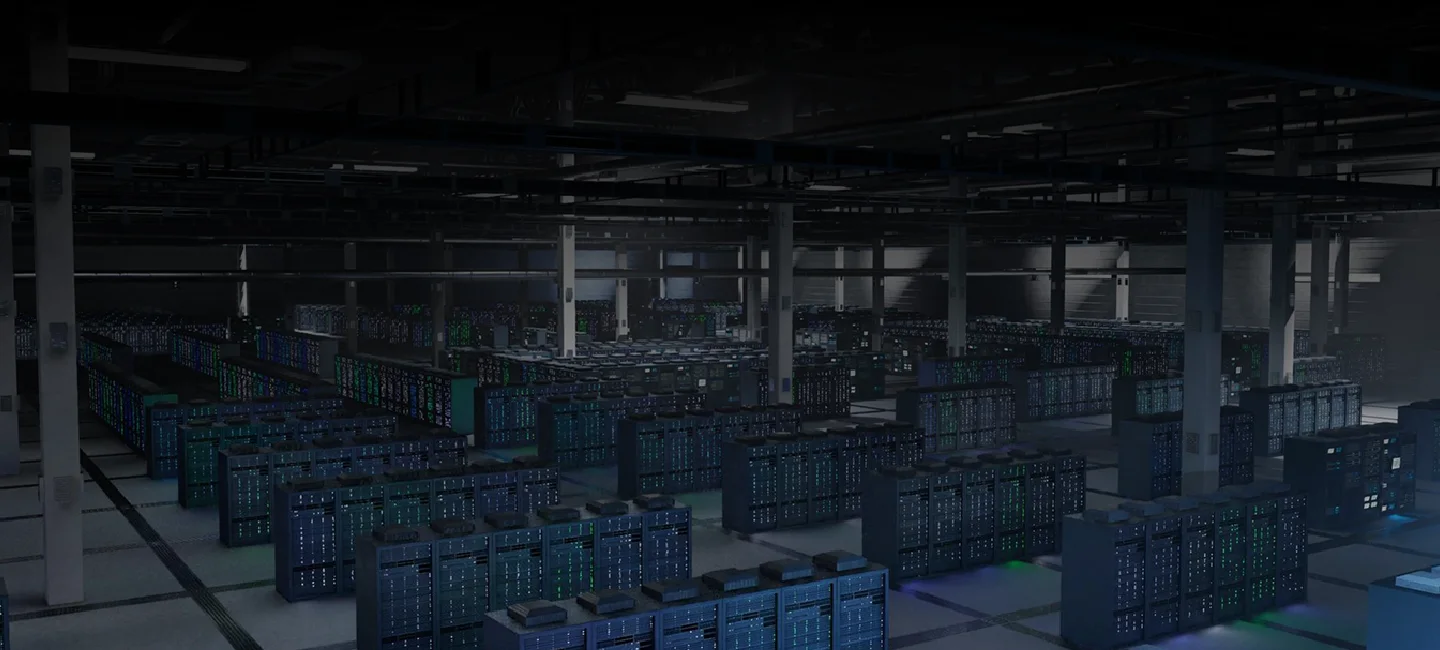2025 NIST 800-88 Rev.4 Updates: A Complete Guide to Cloud‑Native Drive Wiping
Introduction
What is NIST 800-88? NIST Special Publication 800-88, titled Guidelines for Media Sanitization, is a U.S. standard that provides a comprehensive framework for securely erasing data from storage media . In simple terms, it’s the “rulebook” that organizations (and even individuals) follow to make sure no sensitive information remains on a hard drive or other storage device once we decide to dispose of it or repurpose it. NIST 800-88 is widely adopted across industries because it helps mitigate the risk of data breaches by ensuring leftover data can’t be recovered by unauthorized people.
Why does it matter in 2025? Technology has changed a lot since the last major update (Rev.1) in 2014. New storage technologies, cloud computing, and stricter privacy regulations mean the old guidelines needed a refresh. The 2025 update – NIST 800-88 Revision 4 (Rev.4) – addresses these changes. It introduces clearer rules for modern drives (like solid-state and cloud storage), stronger verification requirements, and specific guidance for cloud environments. In this guide, we’ll break down the latest updates in Rev.4 and explain what they mean for cloud-native drive wiping (erasing data in cloud systems) versus traditional on-premises data wiping. We’ll also look at how these updates affect different groups – enterprises, government agencies, and everyday cloud users – in terms of compliance obligations and best practices.
Before diving into the updates, let’s briefly recap how NIST 800-88 works. The standard defines three levels of data sanitization (data wiping) techniques :







